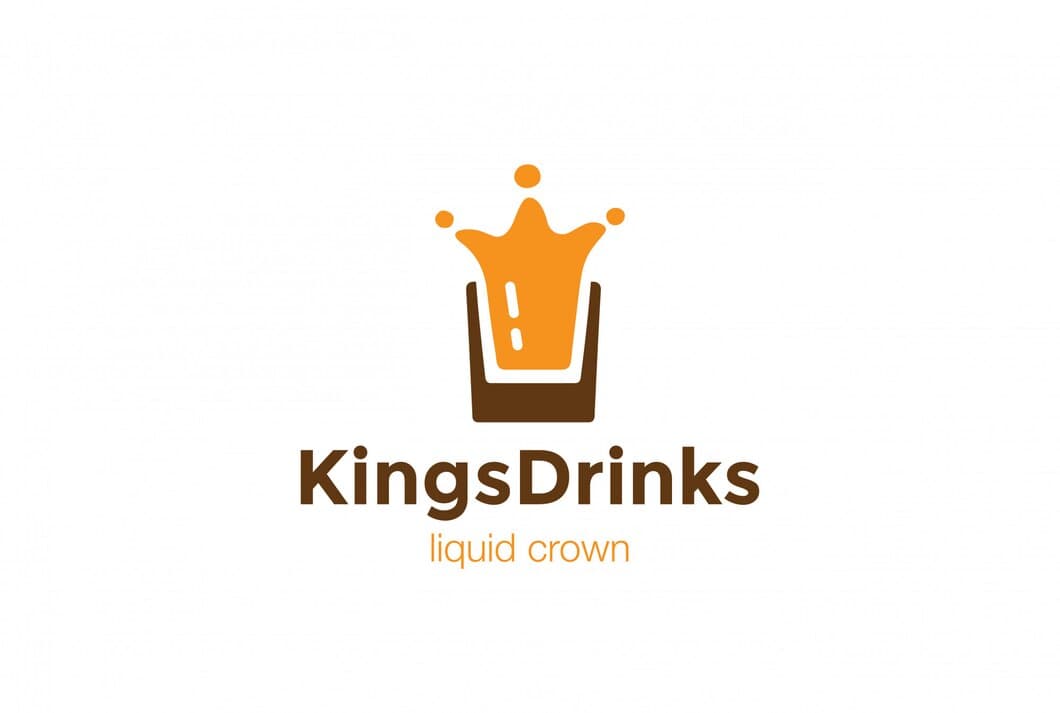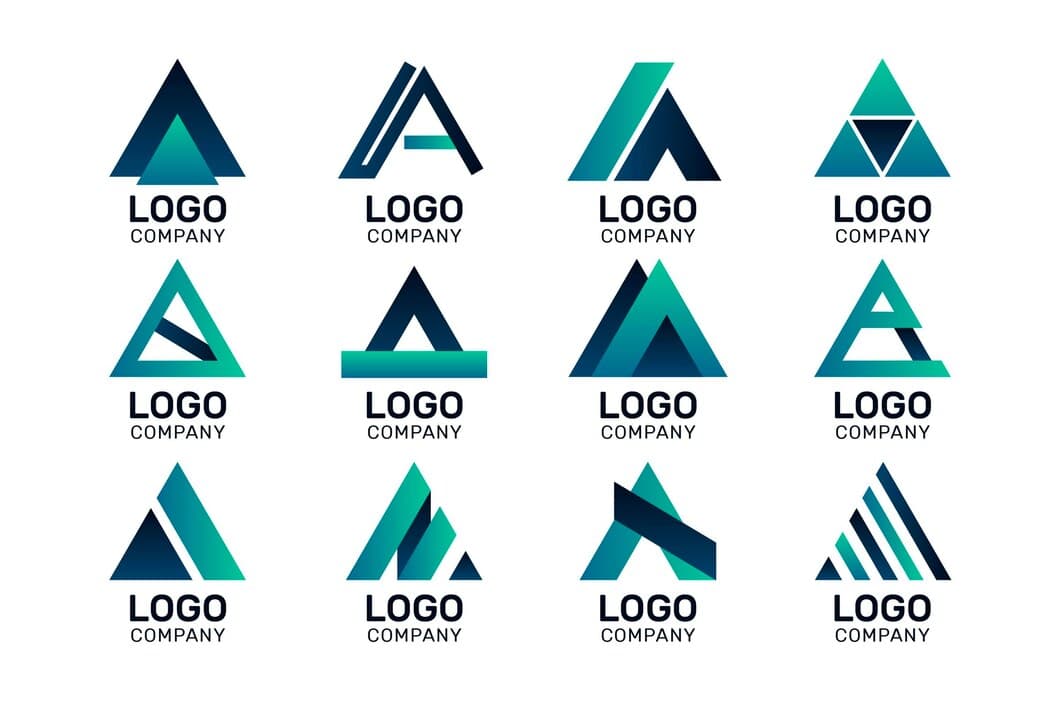What Is The Value Of A Brand?

A brand is a valuable asset for any business. It represents the company's reputation, quality, and values. A strong brand can help a company attract and retain customers, drive sales, and increase profits.
Measuring the value of a brand can be a challenge, but there are a number of methods that can be used. Some of the most common methods include market research, financial analysis, and customer surveys.
What is brand value?
Brand value is a measure of the financial and marketing worth of a brand. It is based on a number of factors, including the brand's name, reputation, image, and customer loyalty. A brand with a high brand value is more likely to command a premium price, attract new customers, and generate higher profits.
Brand value is a valuable asset for any company. It can help to increase sales, build customer loyalty, and protect against competition. Companies can build brand value through a number of strategies, including advertising, public relations, and social media marketing.
Tracking brand value is important for companies to ensure that their brands are performing well. There are a number of different ways to measure brand value, including brand equity studies, market research, and financial analysis.
Brand value definition
Brand value is a marketing term that describes the overall value of a brand to a company. It is the sum of all the intangible assets that contribute to a brand's worth, such as its name, logo, reputation, and customer loyalty. Brand value can be measured in a number of ways, including financial performance, market share, and brand awareness.
A strong brand value can provide a number of benefits to a company, including increased sales, higher profits, and greater customer loyalty. It can also help a company to attract and retain talented employees, and to expand into new markets. Building a strong brand value takes time and effort, but it is an investment that can pay off in the long run.
There are a number of factors that contribute to brand value, including the quality of a company's products or services, the effectiveness of its marketing campaigns, and the overall perception of the brand by consumers. A company can increase its brand value by investing in product quality, developing effective marketing campaigns, and building strong relationships with its customers.
How to measure brand value
Brand value is a complex concept that can be difficult to measure. However, there are a number of methods that can be used to get a better understanding of what a brand is worth.
One common method is to look at the brand's financial performance. This can include looking at the brand's revenue, profit, and market share. Another method is to look at the brand's customer base. This can include looking at the number of customers, the loyalty of those customers, and the word-of-mouth that the brand generates.
Factors affecting brand value

Brand awareness, brand loyalty, and brand equity are the three main factors that affect brand value. Brand awareness refers to how well a brand is known by consumers. Brand loyalty refers to how likely consumers are to continue buying a brand's products or services. Brand equity refers to the value that consumers associate with a brand.
Other factors that can affect brand value include brand name, brand logo, brand packaging, and brand communication. Brand name is the name of the brand. Brand logo is the symbol or design that represents the brand. Brand packaging is the packaging that the brand's products come in. Brand communication is the way that the brand communicates with consumers.
Brand value is important because it can affect a company's financial performance. A strong brand can help a company increase sales, profits, and market share. A weak brand can hurt a company's financial performance.
Importance of brand value
Brand value is an invaluable asset for any business. It represents the worth of a brand in the eyes of customers and other stakeholders. A strong brand value can lead to a number of benefits for a business, including increased sales, higher customer loyalty, and greater brand awareness. However, building a strong brand takes time and effort, and it is important to understand the factors that contribute to brand value in order to effectively manage and grow it.
Brand value is determined by a number of factors, including brand awareness, brand perception, and brand loyalty. Brand awareness refers to the extent to which a brand is known and recognized by consumers. Brand perception refers to the way in which consumers perceive a brand, including its image, reputation, and personality. Brand loyalty refers to the extent to which consumers are loyal to a brand and are likely to purchase its products or services over those of competitors. All of these factors contribute to brand value, and it is important to focus on building a strong brand in all of these areas.
Benefits of brand value
The value of a brand is not just about its name. It is about its reputation, its customer loyalty, its ability to generate revenue, and its long-term sustainability. A strong brand value can bring a host of benefits to a business, including:
Increased customer loyalty: Customers are more likely to do business with a brand they know and trust. A strong brand value can help to build customer loyalty and encourage repeat business.
Increased brand awareness: A strong brand value can help to increase brand awareness and make it easier for customers to find your business. This can lead to increased sales and profits.
Challenges to brand value
Brand value is not static and can be affected by a number of factors, including changes in consumer preferences, economic conditions, and competitive activity. For example, a brand that is perceived as being out of touch with the needs of its target audience may see its value decline. Similarly, a brand that is associated with a negative event or incident may also see its value decline.
Another challenge to brand value is the increasing power of digital media. Social media platforms and other online channels have given consumers a powerful voice, and they are increasingly using these channels to share their opinions about brands. As a result, brands need to be more responsive to consumer feedback and be prepared to address negative comments and reviews.
Finally, brands also need to be aware of the potential impact of new technologies on their value. The rise of artificial intelligence (AI) and machine learning (ML) is creating new opportunities for brands to connect with consumers, but it also poses some challenges. For example, brands need to be careful not to use these technologies in a way that alienates consumers or damages their trust.
Despite these challenges, brand value remains an important asset for businesses. By understanding the challenges to brand value and taking steps to mitigate them, businesses can protect and enhance the value of their brands.
How to build brand value
Building brand value requires a comprehensive approach. Firstly, establishing a clear brand identity and consistently delivering on brand promises is crucial. This involves defining core values, developing a recognizable brand aesthetic, and creating a consistent customer experience across all touchpoints.
Secondly, fostering strong emotional connections with customers is essential. Brands should aim to evoke positive emotions and create a sense of belonging. This can be achieved through compelling storytelling, personalized interactions, and exceptional customer service.
Finally, building brand value is an ongoing process that necessitates continuous monitoring and adaptation. Brands should regularly track key metrics such as brand awareness, brand loyalty, and customer satisfaction. By responding promptly to market trends and customer feedback, brands can ensure their value remains strong and relevant over time.
How to increase brand value
In the contemporary business realm, cultivating a strong brand identity has become an imperative for organizations seeking to establish a competitive edge and foster enduring customer loyalty. To elevate brand value, it is essential to embark on strategic initiatives that effectively convey the brand's unique value proposition, resonate with target audiences, and build unwavering trust.
Enhancing brand value calls for a multifaceted approach that encompasses meticulous market research, the creation of captivating content, and the seamless integration of brand messaging across various platforms. By consistently delivering exceptional customer experiences and actively engaging with stakeholders, organizations can elevate brand value and reap the rewards of amplified recognition, increased market share, and unwavering customer allegiance.
How to protect brand value
The best way to protect your brand value is to build a strong brand. This means creating a brand that is distinctive, memorable, and relevant to your target audience. It also means consistently delivering on your brand promise and providing exceptional customer service.
There are a number of things you can do to build a strong brand. One important step is to develop a clear brand strategy. This strategy should outline your brand's mission, vision, and values. It should also identify your target audience and define your brand's unique selling proposition.
Once you have a clear brand strategy, you can start to develop your brand's identity. This includes creating a brand name, logo, and tagline. It also involves developing a consistent brand voice and style across all of your marketing materials.
Finally, it's important to consistently deliver on your brand promise. This means providing high-quality products or services and delivering excellent customer service. When you consistently deliver on your brand promise, you build trust with your customers and increase your brand's value.
Frequently Asked Questions
Can a Brand Be Both Valuable and Meaningless?
A brand can be both valuable and yet have little or no meaning in the sense of being a message of substance. A brand has value as long as it is recognized as a promise of something, not just a name.
How Can We Measure the Value of a Brand?
There are many ways to measure a brand’s value. One way is to look at its financial performance. A brand that is well-known and respected is likely to be more profitable than one that is not. Another way to measure a brand’s value is to look at its customer loyalty. A brand that has loyal customers is likely to be more valuable than one that does not.
How Can I Build a Valuable Brand?
There are many things you can do to build a valuable brand. One important thing is to create a strong brand identity. This includes developing a unique name, logo, and color scheme. You also need to create a consistent brand message that is communicated through all of your marketing materials. Finally, you need to build relationships with your customers and create a positive brand experience.
What’s the Difference Between a Brand and a Trademark?
A brand is a name, symbol, or other feature that identifies a product or service of a particular seller from those of other sellers. A trademark is a legal protection given to a brand. A trademark can be a word, phrase, symbol, or design that identifies and distinguishes the source of the goods or services of one party from those of others.
To Sum Up
In conclusion, a brand's value is multifaceted, encompassing financial, market, and customer-related factors. By leveraging a strong brand, businesses can differentiate themselves in the marketplace, build customer loyalty, and drive financial success. To Sum Up While the specific value of a brand can vary depending on the industry, size, and maturity of the company, investing in building and maintaining a strong brand is crucial for long-term growth and profitability.
To Sum Up Ultimately, the value of a brand lies in its ability to connect with customers on an emotional level, drive demand for products or services, and create a lasting impression in the marketplace.